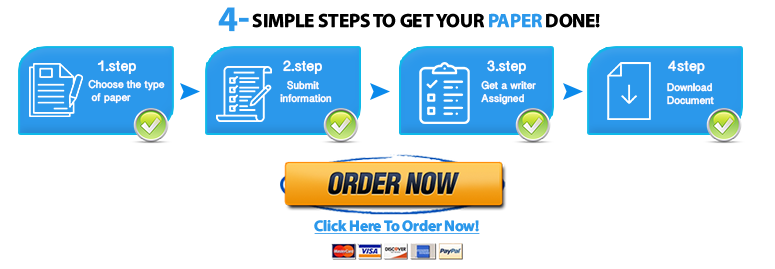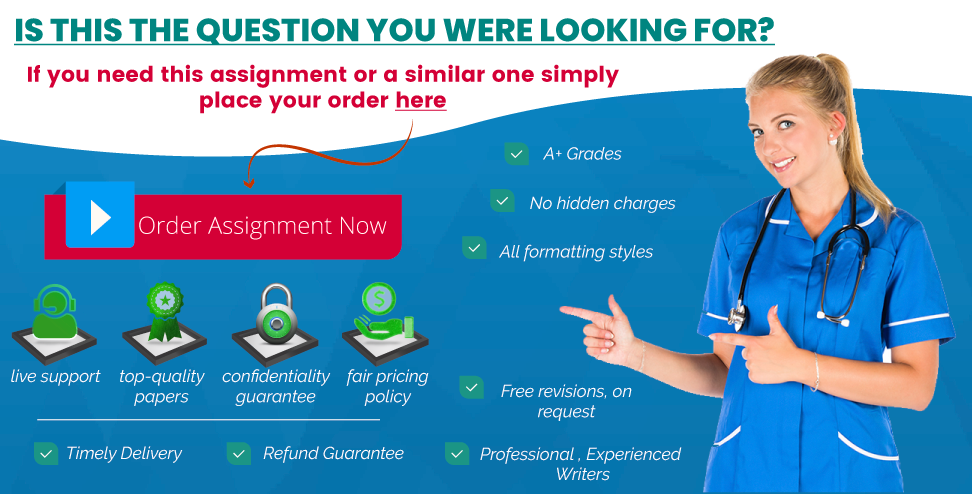Managerial Finance
Please submit your assignment with complete answers and show calculations.
*** Submit plagiarism check report with your assignment*** I will do this PART.
Chapter 5 Questions
Save your time - order a paper!
Get your paper written from scratch within the tight deadline. Our service is a reliable solution to all your troubles. Place an order on any task and we will take care of it. You won’t have to worry about the quality and deadlines
Order Paper Now(5-2) “Short-term interest rates are more volatile than long-term interest rates, so short-term
bond prices are more sensitive to interest rate changes than are long-term bond prices.”
Is this statement true or false? Explain.
(5-3) The rate of return on a bond held to its maturity date is called the bond’s yield to maturity.
If interest rates in the economy rise after a bond has been issued, what will happen to the
bond’s price and to its YTM? Does the length of time to maturity affect the extent to which
a given change in interest rates will affect the bond’s price? Why or why not?
(5-4) If you buy a callable bond and interest rates decline, will the value of your bond rise by as
much as it would have risen if the bond had not been callable? Explain.
(5-5) A sinking fund can be set up in one of two ways. Discuss the advantages and
disadvantages of each procedure from the viewpoint of both the firm and its bondholders.
Chapter 5 Problems
(5-1) Jackson Corporation’s bonds have 12 years remaining to maturity. Interest is paid
annually, the bonds have a $1,000 par value, and the coupon interest rate is 8%. The
bonds have a yield to maturity of 9%. What is the current market price of these bonds?
(5-2) Wilson Wonders’s bonds have 12 years remaining to maturity. Interest is paid annually,
the bonds have a $1,000 par value, and the coupon interest rate is 10%. The bonds sell at a
price of $850. What is their yield to maturity?
(5-5) A Treasury bond that matures in 10 years has a yield of 6%. A 10-year corporate bond has
a yield of 9%. Assume that the liquidity premium on the corporate bond is 0.5%. What is
the default risk premium on the corporate bond?
(5-6) The real risk-free rate is 3%, and inflation is expected to be 3% for the next 2 years. A 2-year
Treasury security yields 6.3%. What is the maturity risk premium for the 2-year security?
(5-7) Renfro Rentals has issued bonds that have a 10% coupon rate, payable semiannually.
The bonds mature in 8 years, have a face value of $1,000, and a yield to maturity of 8.5%.
What is the price of the bonds?
(5-8) Thatcher Corporation’s bonds will mature in 10 years. The bonds have a face value of
$1,000 and an 8% coupon rate, paid semiannually. The price of the bonds is $1,100.
The bonds are callable in 5 years at a call price of $1,050. What is their yield to maturity?
What is their yield to call?
(5-10) The Brownstone Corporation’s bonds have 5 years remaining to maturity.
Interest is paid annually, the bonds have a $1,000 par value, and the coupon interest
rate is 9%.
a. What is the yield to maturity at a current market price of (1) $829 or (2) $1,104?
b. Would you pay $829 for one of these bonds if you thought that the appropriate rate
of interest was 12%—that is, if rd = 12%? Explain your answer.
(5-14) A bond that matures in 7 years sells for $1,020. The bond has a face value of $1,000 and a
yield to maturity of 10.5883%. The bond pays coupons semiannually. What is the bond’s
current yield?
(5-18) The real risk-free rate is 2%. Inflation is expected to be 3% this year, 4% next year, and
then 3.5% thereafter. The maturity risk premium is estimated to be 0.0005 × (t − 1), where
t = number of years to maturity. What is the nominal interest rate on a 7-year Treasury
security?
(5-21) Suppose Hillard Manufacturing sold an issue of bonds with a 10-year maturity, a $1,000
par value, a 10% coupon rate, and semiannual interest payments.
a. Two years after the bonds were issued, the going rate of interest on bonds such as
these fell to 6%. At what price would the bonds sell?
b. Suppose that 2 years after the initial offering, the going interest rate had risen to 12%.
At what price would the bonds sell?
c. Suppose that 2 years after the issue date (as in part a) interest rates fell to 6%.
Suppose further that the interest rate remained at 6% for the next 8 years. What
would happen to the price of the bonds over time?
"Looking for a Similar Assignment? Order now and Get 10% Discount! Use Code "Newclient"




